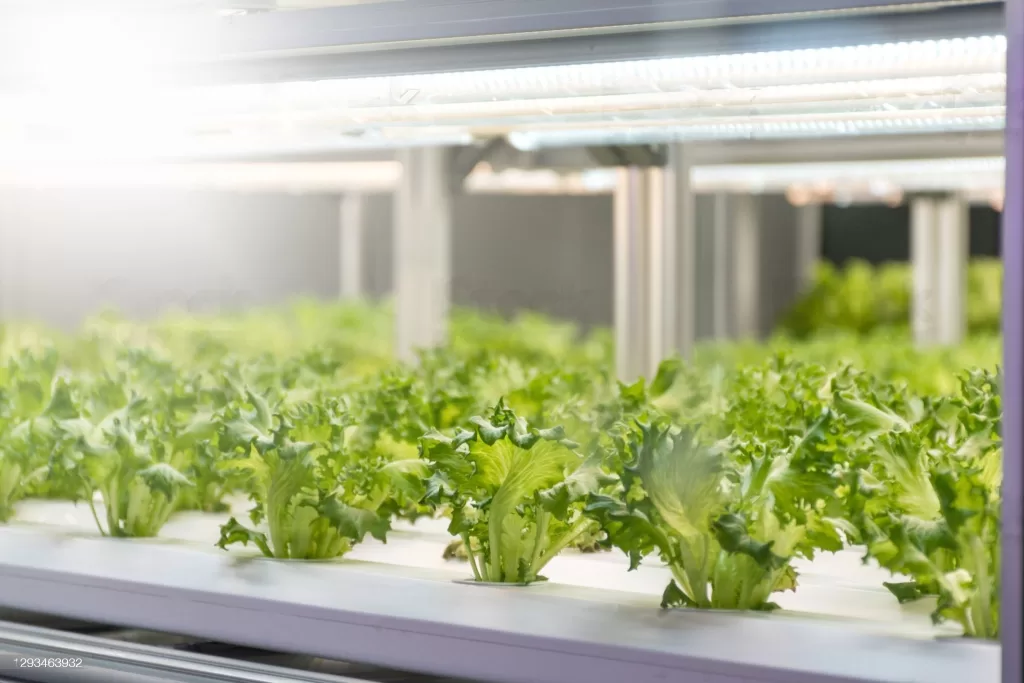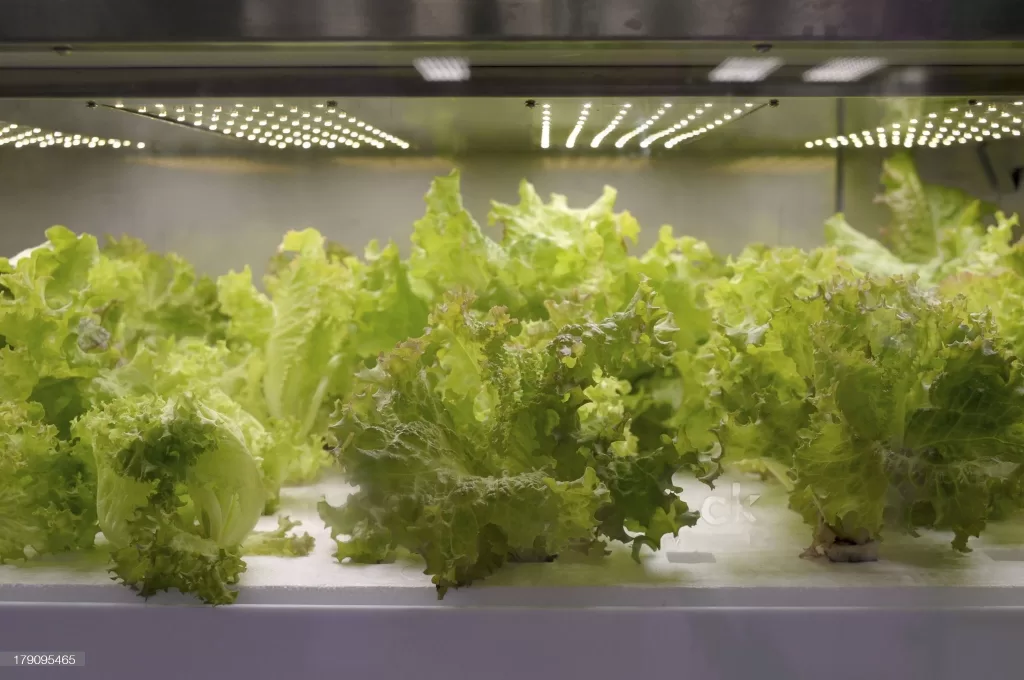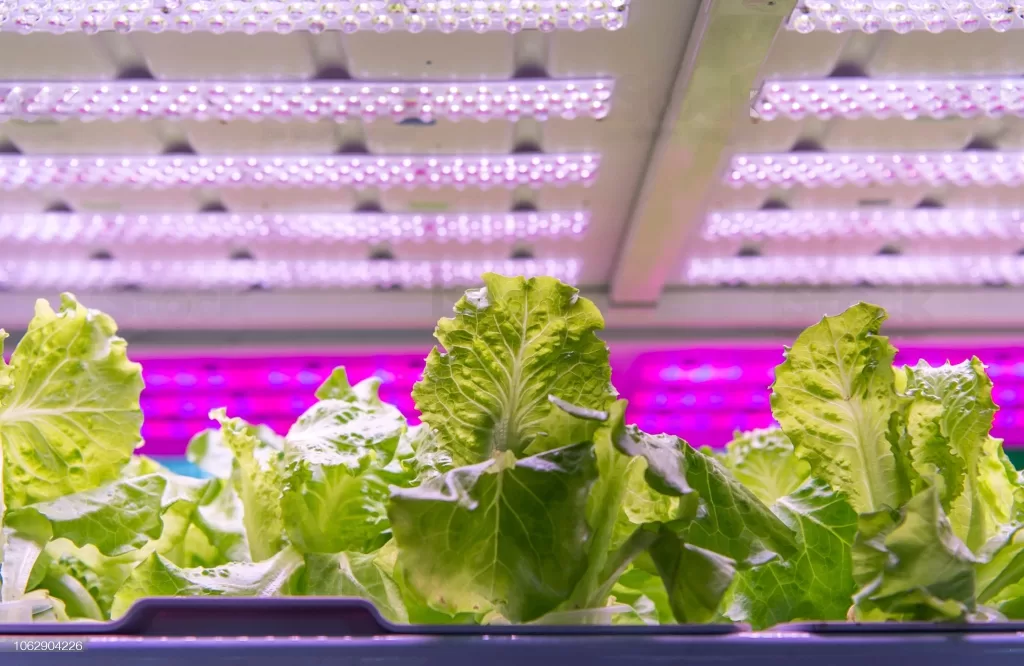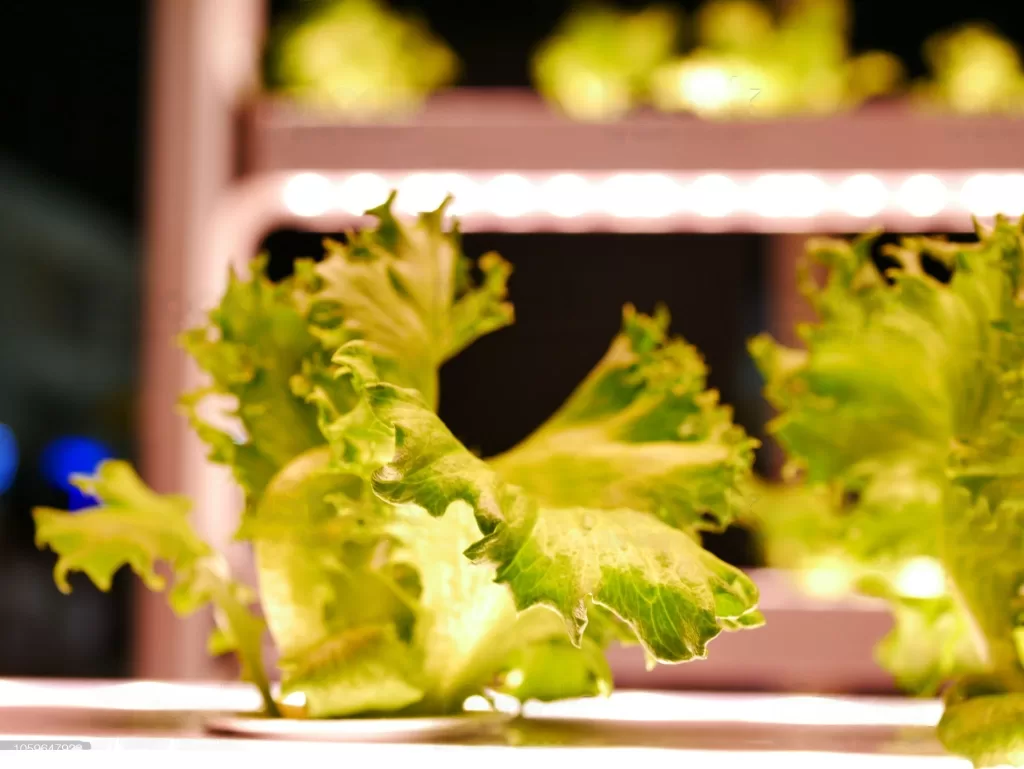
How can food be grown in space?
For a long time, there has been curiosity about the concept of growing food in space. In the 1980s, NASA began to cultivate plants in space. They were only using it at the time as an experiment.
In order to offer a sustainable food source for upcoming space missions, it is critical to comprehend how we can grow food in space, according to this NASA article about the possibility of extending human life beyond Earth. In order to cultivate edible plants in space, NASA developed a plant growth system in May 2014 that makes use of LED lights and a nutrient solution. This system is still being used and enhanced as of 2023.
NASA has been and will remain at the forefront of space agricultural research, and they have made important strides in employing LED grow lights to cultivate food in space. Let’s look more closely at how they are growing food with these LED lighting systems.
What Is the System for Producing Vegetables?
Table of Contents
ToggleNASA has used vegetables as one method of cultivating food in space. A plant-growing unit called the Vegetable Production System (Veggie) was created to investigate how plants develop in microgravity.
The system makes use of LED grow lights, which produce a particular spectrum of light that is necessary for plant growth. Vegetables are grown passively, which means they don’t use soil but rather a hydroponic nutrition delivery system. This makes the plants perfect for growing food in space since it allows them to develop in a sterile and controlled environment.
How do they employ LED lighting?
The veggie system was created especially for space plant growth. It also makes use of a particular clay and fertiliser, as well as LED (light-emitting diode) lighting. It is about the size of a carry-on bag and has room for six plants. Since gravity is absent in space, plants must rely on environmental cues like light to regulate their growth.
The LED bank in the veggie chamber emits a spectrum of light that is ideal for the growth of the plants. The veggie room gives off a magenta-pink glow because plants absorb red and blue wavelengths while reflecting green light.
How Important Are LED Grow Lights?
The LED grow lights are an essential part of the vegetable system because they give the plants the right spectrum of light so that photosynthesis can take place. Without artificial light, plants cannot be grown in space since there is no access to natural sunlight. The best option is LED grow lights since they consume less energy, produce less heat than other grow lights, and offer the precise spectrum of light that plants require to develop.
How do grow light’s function?
Basic Grow Light Principles
A type of lamp called a grow light gives plants the light they require to grow. They have a variety of benefits over other grow lights and are used to grow plants all year. They are effective, durable, and heat-efficient.
Artificial light sources called “grow lights” generate a spectrum of light that is intended to encourage plant growth. Grow lights come in a variety of designs, such as fluorescent, high-intensity discharge (HID), and LED grow lights. The least heat-emitting and most energy-efficient grow lights are LEDs, which make them perfect for growing plants in space.
Light Kelvin temperature for plants
The blue and red portions of the light spectrum are essentially what plants require for photosynthesis. Red light encourages flowering and fruiting, whereas blue light aids in vegetative growth. The ideal colour temperature for plants is between 5,000 and 6,500 Kelvin. Colour temperature is measured in Kelvin.
Full Spectrum: What is it?

The spectrum of light that full-spectrum grow lights emit is comparable to that of sunlight. This implies that they offer a variety of colours, such as red, blue, and green, that plants require to develop. Plants benefit from full-spectrum grow lights since they can encourage wholesome growth and increase crop yield.
What Kind of Plants Can We Grow Under Grow Lights, and How Do They Work?
In order to grow plants year-round inside, grow lights are frequently used. With the use of this technology, farmers can now grow crops in places with poor natural light or challenging weather, revolutionising the agricultural sector. Farmers may cultivate a variety of crops, including leafy greens, herbs, and even cannabis, with the help of LED grow lights.
Grow Lights for Cannabis Plants: Their Value
For healthy growth, cannabis plants need a particular spectrum of light. Cannabis plants need more blue light during the vegetative stage to encourage vegetative growth, and more red light during the flowering stage to encourage bud growth. The best option for growing cannabis is LED grow lights since they offer the precise spectrum of light that cannabis plants require to develop and yield high-quality buds.
Describe PAR ?
Plants utilise a specific range of light known as photosynthetically active radiation (PAR) for photosynthesis. When selecting grow lights for plants, PAR—which is measured in micromoles per square metre per second (mol/m2/s)—should be taken into account. The high PAR output of LED grow lights is what makes them so great for growing plants.
Advantages of LED grow lights over HID

Although HID grow lights are frequently used in indoor farming, they have a number of drawbacks as compared to LED grow lights. In enclosed locations like spaceships or indoor farming operations, HID grow lights can be problematic since they use a lot of energy and produce a lot of heat. On the other hand, LED grow lights are more energy-efficient and produce less heat, making them better suited for indoor farming and space agriculture.
Future Grow Light Technology
The way we grow plants on Earth and in space has been revolutionised by the introduction of LED grow lights. LED grow lights will continue to be essential in agriculture due to the growing need for sustainable food supplies and the requirement for food production in enclosed spaces.
Low Energy
Due to their excellent energy efficiency, LED grow lights are a great option for indoor farming. LED grow lights use less power and produce less heat than conventional HID lights. As a result, they are longer-term, more economical, and environmentally benign.
Light Heat
Compared to conventional grow lights, LED grow lights produce less heat, which makes them safer to use and less likely to harm plants. This implies that it takes less energy to keep indoor farming facilities at a comfortable temperature.
Grow Lghts That Dim

Since many LED grow lights are dimmable, the light output can be changed to suit the individual requirements of the plants. This gives growers more control over the environment and guarantees that plants get the proper quantity of light for healthy growth.
Conclusion
It is feasible to grow food in space using artificial light, as demonstrated by NASA’s use of LED grow lights in the Vegetable Production System.
The precise spectrum of light that plants require to thrive is provided by LED grow lights, which are also far more energy-efficient than conventional grow lights.
The way we grow plants on Earth and in space has been revolutionised by the introduction of LED grow lights. Compared to conventional outdoor farming, they have a number of advantages, such as year-round production, more exact control over the growing environment, and higher yields.
LED grow lights will continue to be essential in agriculture due to the growing need for sustainable food supplies and the requirement for food production in enclosed spaces.
In conclusion, the use of LED grow lights bodes well for the future of agriculture. We may anticipate seeing ever more sophisticated and energy-efficient grow lights produced as technology develops, making it simpler to grow plants in even the most difficult situations.
LED grow lights provide an efficient and sustainable way to grow plants, whether you’re a farmer hoping to increase crop yields or a space scientist trying to grow food in space. Visit https://illustrious.co.in for additional information or contact us by email.
